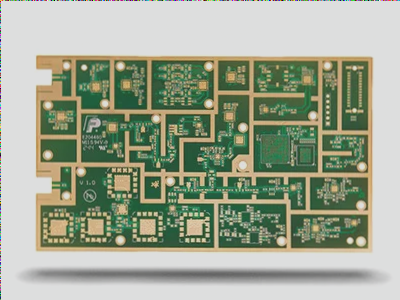Buffer – Boric acid serves as a buffer to maintain the pH value of the nickel plating solution within a specific range. It has been observed that a low pH value decreases cathode current efficiency, while a high pH value leads to rapid increase in the pH value of the liquid layer near the cathode surface due to continuous precipitation of H2. This can result in the formation of Ni(OH)2 colloid and its inclusion in the coating, increasing brittleness. Boric acid not only buffers pH, but also enhances cathodic polarization, thus improving bath performance and reducing burning at high current densities. Its presence can also enhance the mechanical properties of the coating.
Anode activator – With the exception of sulfate-type nickel plating solutions using insoluble anodes, other nickel plating processes utilize soluble anodes. To prevent anode passivation during electrolysis, an anode activator must be added to the plating solution. CI-chloride ion has been identified as the most effective nickel anode activator. In nickel plating solutions containing nickel chloride, the chloride not only serves as a main and conductive salt, but also as an anode activator. For solutions lacking nickel chloride, sodium chloride may be added as required. Nickel bromide or nickel chloride is commonly used as a stress reliever to control internal stress and achieve a semi-bright appearance in the coating.
Additive – Stress reliever is the primary component of additives, improving cathodic polarization of the plating solution and reducing internal stress in the coating. Adjusting the concentration of stress reliever can alter the internal stress of the coating between tension and compressive stress. Commonly used additives include naphthalene sulfonic acid, p-toluene sulfonamide, and saccharin. These additives result in a uniform, fine, and semi-bright coating, unlike nickel coatings without them. Typically, stress reliever is added over the course of an hour in terms of amperes (current practice includes special additives like anti-pinhole agents).
Wetting Agent – During the PCB electroplating process, hydrogen evolution at the cathode is unavoidable. This evolution not only decreases cathode current efficiency, but also leads to pinholes in the coating due to hydrogen bubbles adhering to the electrode surface. To prevent or reduce pinhole formation, a small amount of wetting agent should be added to the plating solution, such as sodium lauryl sulfate, sodium diethylhexyl sulfate, or n-octane. These anionic surface active substances adsorb onto the cathode surface, reducing interfacial tension between the electrode and the solution. This facilitates easy removal of hydrogen bubbles from the electrode surface, helping to prevent or minimize the occurrence of pinholes in the plating.


